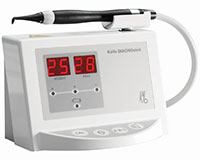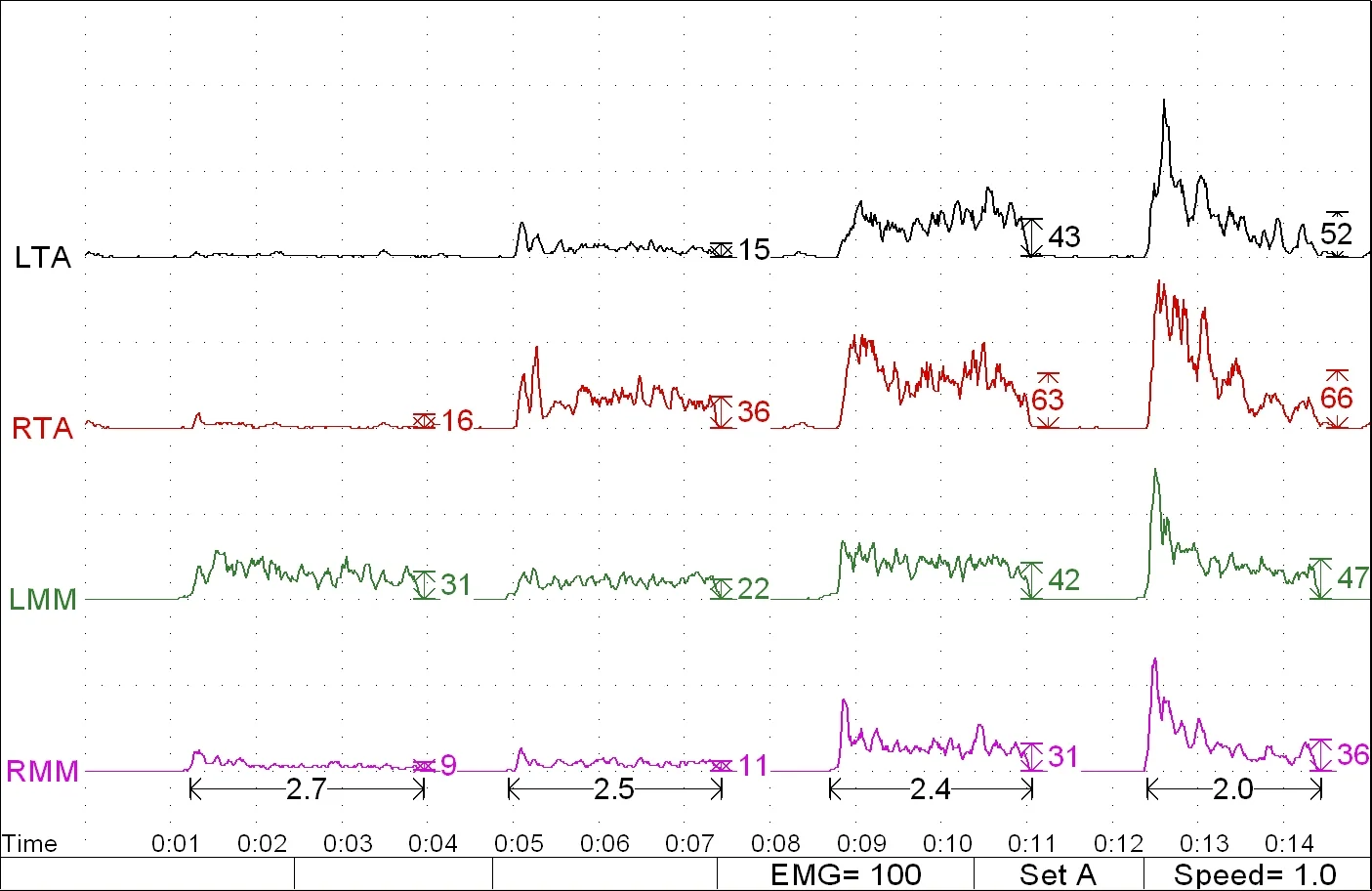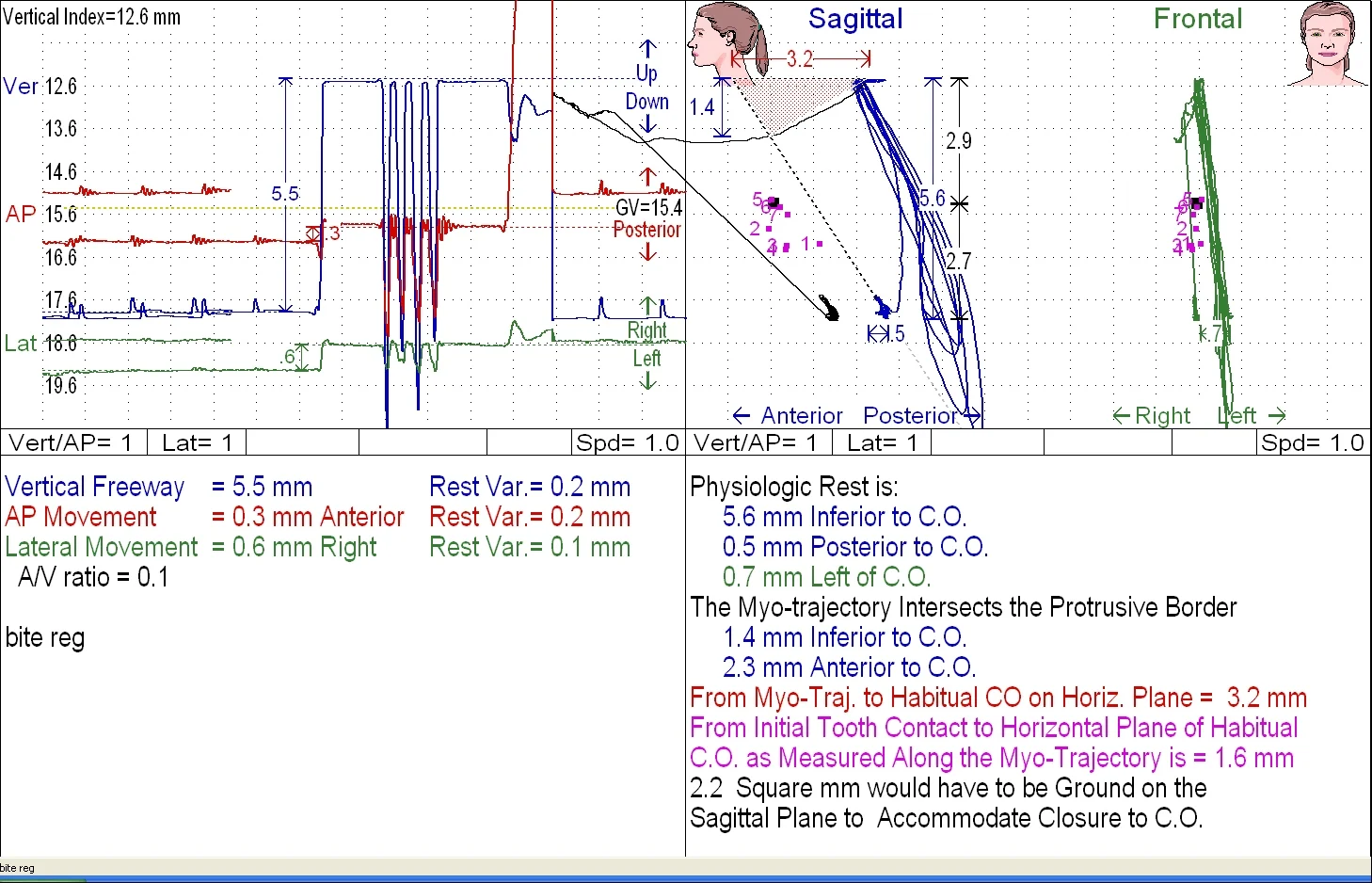Dental Technology
True Dentistry utilizes advanced dental technology to provide patients with options that are both comfortable and effective. By staying current with the latest tools that can enhance the safety and comfort of our patients, our knowledgeable doctors are working to offer you the best possible care and a convenient, even pleasant trip to the dentist.
Below you will find additional information about a select few of the advanced technologies utilized in our practice. If you have dental concerns or would like to schedule a consultation with one of our dentists, we invite you to contact our office today.
Preventive Dental Technology
DIAGNOdent™ Laser Cavity Indicator
 In the past, dentists detected cavities by probing teeth with explorers. When a tooth has decay, the explorer sticks to the softened tooth. That initial break in the enamel that allows decay to start can be so small that it can be undetectable even to the explorer.
In the past, dentists detected cavities by probing teeth with explorers. When a tooth has decay, the explorer sticks to the softened tooth. That initial break in the enamel that allows decay to start can be so small that it can be undetectable even to the explorer.
With laser technology, cavities and decay can be detected in their earliest forms. Our technical instruments use laser fluoroscopy to see the unseen. By scanning the surfaces of your teeth, the laser finds small breaks in the enamel that lead to full decay.
As with any disease, early detection is best. Laser detection is one of the best methods available for finding decay in its early stages and enables us to restore teeth with the most conservative methods. This approach maximizes your oral health and allows you to keep as much of your own healthy tooth structure as possible.
Oral Cancer Screening
Oral cancer is one of the most prevalent and fast-acting of all cancers. When found in its early stages, however, the chances for successful treatment are significantly raised. This is why oral cancer screening is so important. With the ViziLite® system, our dentists can detect oral abnormalities early, even those that may not be noticeable during a routine oral exam. Through the use of blue light technology, irregular areas of tissue are highlighted, alerting our dentists to potentially harmful lesions. The process takes about two minutes to perform. An oral cancer screening should be performed at least once a year for patients who do not use tobacco products, and at least twice each year for patients who do use tobacco products. It is vital to have regular oral cancer screenings to ensure early detection and treatment of this life-threatening condition.
Intraoral Camera
The Intraoral Camera is a diagnostic tool that allows for enhanced patient education and a clear, close-up view of dental issues. Through the device, a magnified view of your mouth is displayed via high quality photos. This helps you visualize and understand the details of your oral health while also communicating various concerns to our dental professionals.
Digital X-Rays
Digital X-rays are processed by a computer rather than a traditional film developer, limiting your exposure to radiation from traditional X-rays. Instantly after a digital X-ray is taken, it appears on a computer monitor. These images can show teeth in ways never before thought possible, and they are kept in an easy-to-access computer file. The images can be enlarged and enhanced with the appropriate computer software. For you, that typically means a better and faster diagnosis for treating your dental problems.
Patient Education
Plasma Patient Education Screens
Plasma television screens are utilized at our office for the purpose of patient education. Through the technology, our dental team is able to provide a visual for patients of their current dental health as well as available treatment options. It is a high-tech way of helping you fully understand important details that influence your oral care.
Digital Photography
Using digital photography allows us to visually display oral health information to the patient. The pictures allow us to provide our patients with a better understanding of potential problems and their available treatment options. Overall, digital photography proves to be a powerful aid in the treatment process.
Guru Patient Education
Thanks to Guru, our patient education software, patients are more informed of their current oral health and how they can improve it. Through the software, we involve patients through informational videos, at-home resources, and easy-to-understand recommendations.





